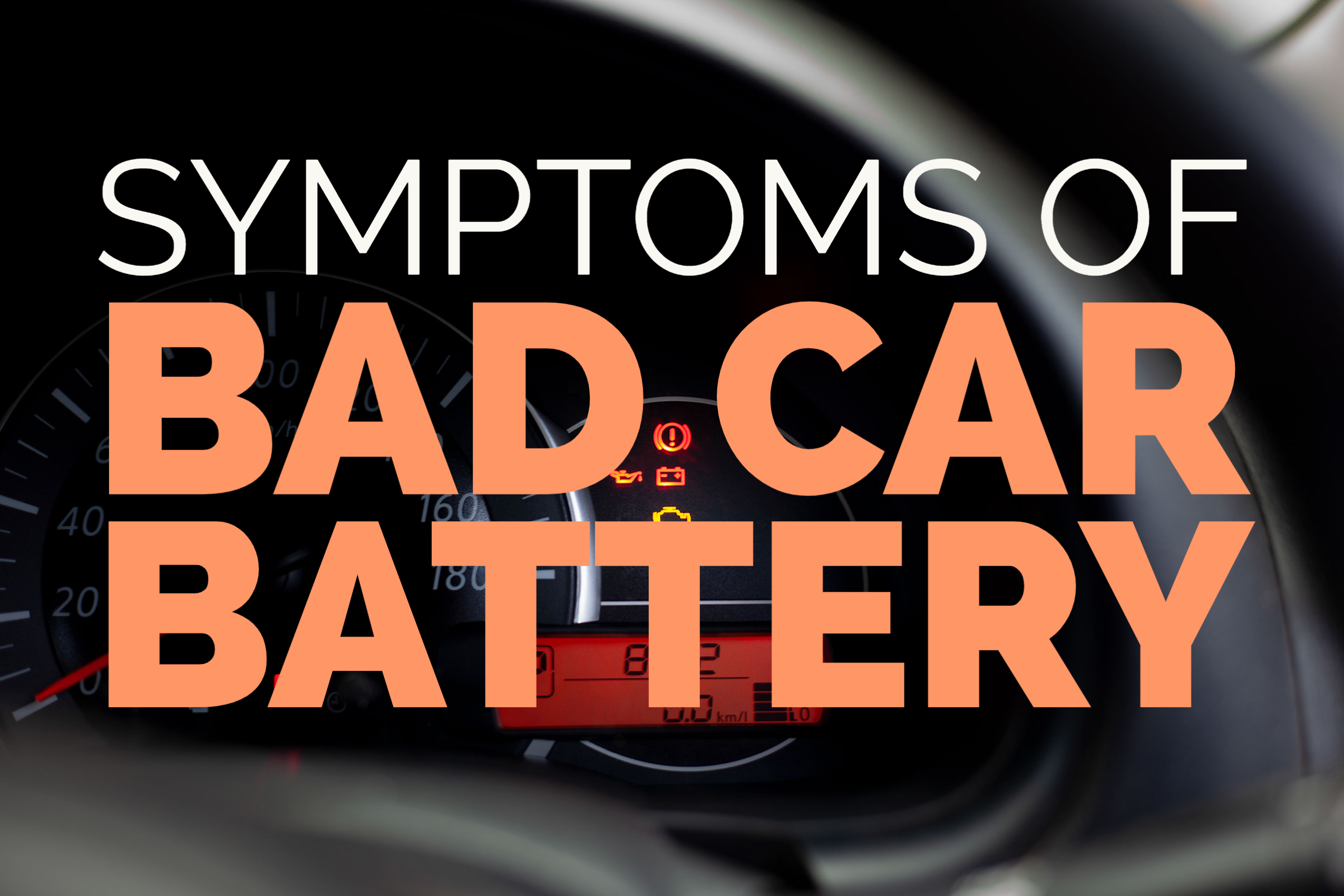Introduction
A dead or faulty battery is the most frequent reason for a car breakdown. Therefore you should avoid changing your battery when it’s too late and your engine won’t start. Before any significant issues arise or you get stuck on the road, you want to be prepared to change your batteries in advance. Let’s list some symptoms to consider if a car battery turns faulty.
Slow Cranks
A slow crank is the first symptom. Power from the battery is needed in part for the engine to start. When starting the car, you hear very slow and sluggish cranks instead of timely and consistent cranks. You should therefore check the car battery’s health.

It’s typical to hear a slow crank most of the time when starting an engine in cold weather. As a result, occasionally, you hear a slow crank when starting your engine in the winter when it’s extremely cold, even though the battery is good. Just bear in mind that the battery is working hard to get that power to the engine in this case.
Corrosion and Sulfation on battery terminals

Corrosion near the battery posts is the second sign of a failing car battery or the need to maintain a battery properly. It’s not always necessary to change the car battery if the battery posts have corrosion or sulfation. It might simply be a bad or loose connection that needs cleaning, tightening, or fixing. To check for corrosion, carefully inspect the area around your battery posts and the terminals that connect to them. It ought to be nice and clean and almost new-looking.
To remedy this, spray some battery cleaning and anti-Corrosive solution on the battery post and wipe it off with a clean cloth.
Swollen battery case

A swelling battery case is the third symptom. Most of the time, the battery case shouldn’t swell. If it swells, you should consider purchasing a new battery because it will affect how well it operates, its effectiveness, and the output quality. Every side of your batteries should have flat sites. The base and sides ought to be level. The battery should sit, regardless of where you secured it in the engine bay or where your battery is. It shouldn’t sway back and forth. The simplest way to verify this is to open the car’s bonnet and manually inspect the battery to see how it appears.
Old Battery

If your battery is old, there’s a good chance you’ll soon need a new one. This is by far the most straightforward indicator to take into account because it only requires setting a reminder. Batteries are designed to run out of power over time. Your car’s battery is designed to be used. It works hard at first but eventually stops functioning as it should; it completely stops carrying out its intended function.
Conclusion
The goal with these symptoms is to allow you to replace your battery before it’s too late. So meaning as it starts slowing down and losing its effectiveness, you want to replace it when you’ve got a good amount of life out of it, but it’s not when it completely stops doing its job.
If you have any questions, feel free to contact us or leave a comment on this post.


Thanks for this clear and concise article. In addition, you may refer to our post on how to keep your car battery in good shape.